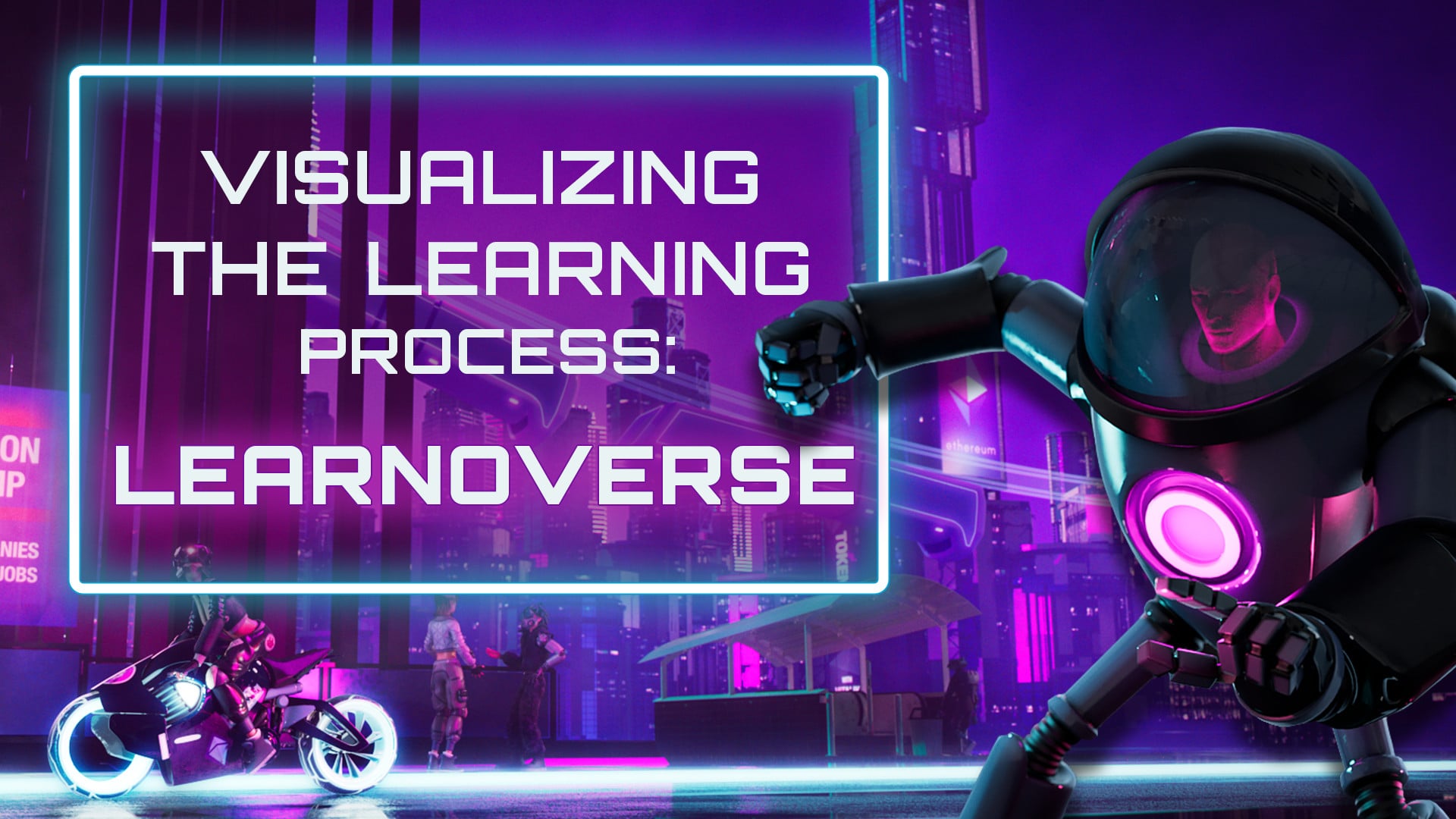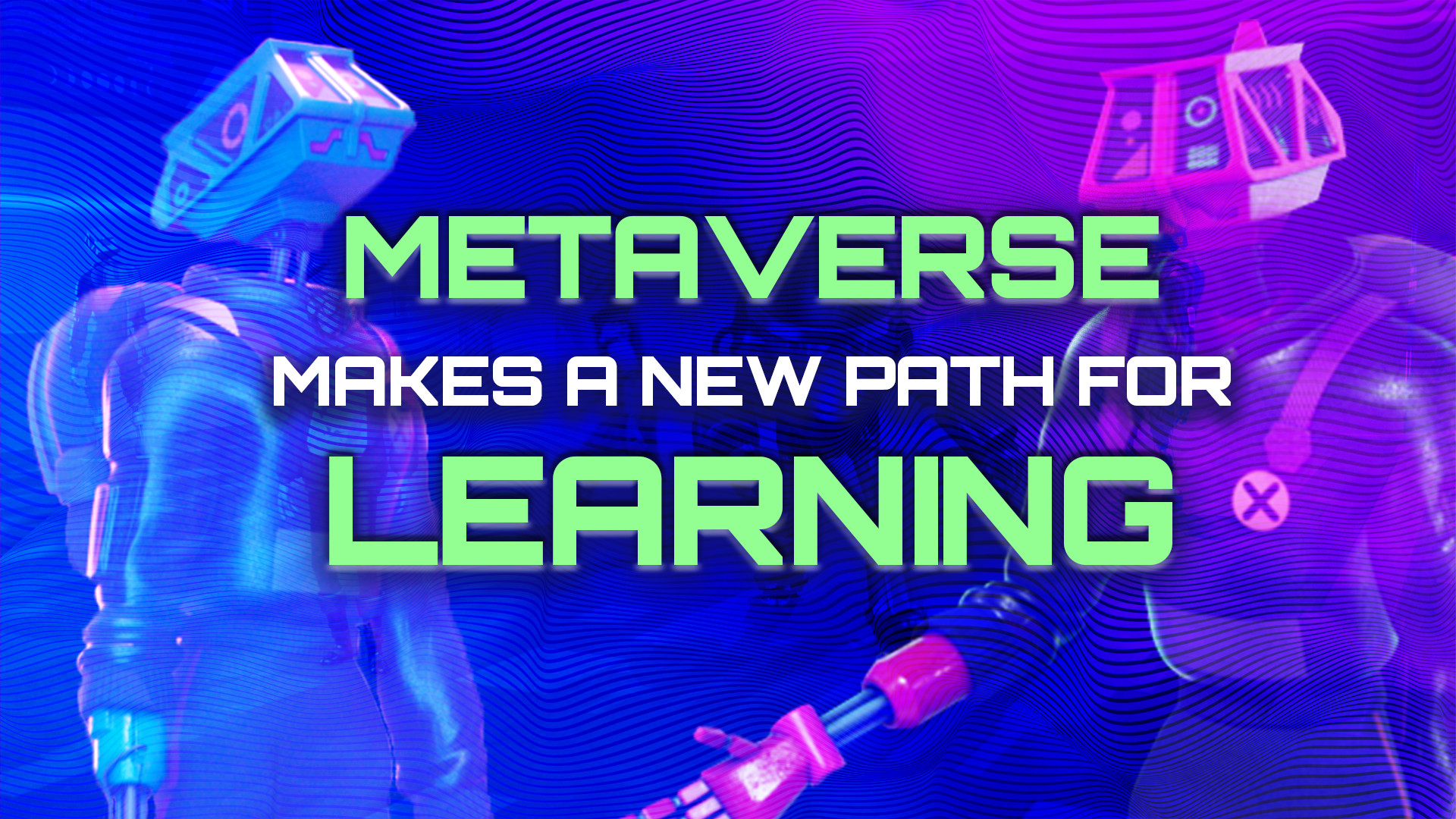Let each lecture be a stepping stone
We’re sure that if you know a subject like the back of your hand, you can talk about it for hours – and that’s great! However, if you don’t have a defined plan and talk about everything you can think of (and you can think of a multitude of things), your monologue will be extremely hard to follow and understand for a newbie – and that’s no way to teach. The overall goal of creating training modules is to provide the user with a learning experience that’s both useful and rewarding. So, how to make an online course that does exactly that?
The first and foremost thing is to make sure it has a clear structure. Each topic should bring the user closer to the next – build lectures that build on one another, forming one focused and consistent course. This is the only foolproof way to guarantee maximum student engagement: it’s barely a surprise the classes with the lowest completion rates are usually the ones that leave their students confused and distracted, instead of concentrated and motivated.
Making a well-structured online course may sound simple: begin with a solid foundation, build a clearly defined body, and provide closure at the end. However, it’s easier said than done – especially when this is your first try. Your safest bet is to prepare by writing a thorough outline for the course before you actually start working on the lectures.
Why and how to plan an online course
An outline is a detailed plan that helps you organize, structure, and present your knowledge in a way that helps the students understand it best. In other words, it’s a tool to make online teaching easier. Think of it as a map that enables you to find the right track in the jungle of information and understand how to make an online course step by step.
As you’re creating your course, think about what kind of person you are addressing. Is it a beginner learning the subject from scratch, or are there some requirements for prior knowledge or experience to meet? Are you talking to an aspiring marketer, a professional developer, or a young person still trying to understand what kind of career they would like to pursue in the future? The ability to clearly define your target audience will make it way easier to choose the topics to introduce and define your presentation style
When writing your outline, you will also have time to think about what sections and lectures your course must include, how you should name them, what format and lecture length suits your topic best, what additional resources the material might require, etc. Think of how to make an online course you’re creating interesting, useful, and beneficial to your students. Considering all of these factors in advance will help you a ton of time you would otherwise waste on editing, taking double or triple takes, and worrying about your delivery.
Informative and catchy introductions
It’s likely you have reviewed a few courses created by other instructors when you were doing your research on how to make an online course stand out of the crowd. If so, you might have noticed the majority of them start with an introductory lecture that potential students can watch for free before purchasing the course. That’s a smart strategy: you can present the value and get the audience interested, without giving too much away just yet.
If you do it right, these few minutes will push them way closer to their final decision to enroll in your course. Here are a few recommendations on how to plan an online course introduction for maximum marketing impact:
- Briefly explain what the students will learn in your course, but lay the most emphasis on the benefit they gain. Break down what your course will empower them to do and what doors will gaining these skills open!
- Highlight quick-wins – benefits that the students can see clearly and quickly. Name a few of the best practices or ways to apply the knowledge and see immediate results.
- Explain why you’re the right instructor for the job. Show them you know how to teach online courses professionally – present your experience, motivation, and vision. If you have some significant accomplishments, now’s the right time to mention them, too!
- Don’t overdo it: 2–3 minutes is usually enough to convey the point while keeping the maximum attention of the audience.
After you plan and create the perfect introduction for your course, it’s time to start looking into the main body. You made a promise to your students – now it’s time to deliver!
Structuring your course into sections and lectures
The part of your course that goes between the introduction and the conclusions is called the main body. It is where the student actually gains the knowledge and skills required to meet their personal or professional objectives.
How to make an online course both informative and easy to follow? Start by brainstorming your ideas. Write down what you want to teach in the course and what points you need to cover. When you do that, organize individual ideas into topical groups and use those to form a coherent structure that leads the student from getting to know the basics to meeting their overall learning goals. The groups will represent the sections your course will be divided to, and each individual idea can be the basis for a lecture.
We recommend breaking the course down into multiple sections, each consisting of 3–5 lectures. Try not to overwhelm your students with too much information at once: focus on one skill per section and only introduce one item per lecture. Also, think of how to make an online course easier for the student to navigate and refer to upon completion: choose clear titles for each section and lecture. Don’t forget consistency, too!
It’s a good idea to add a practical exercise at the end of each lecture: this way, the students can try to apply the newly gained knowledge and get some actual hands-on experience. If students find them too challenging, you will be able to advise and consult them in the lecture-level forums on BitDegree.
Ending on a high note
When planning the very last lecture of your course, make sure you’ve done everything to encourage your students to leave positive reviews and enroll in other courses you’re offering. Just like the introduction, the ending lecture can be an excellent marketing opportunity! Look over the material covered, provide closure, and boost their feeling of accomplishment.
If you’re offering more courses on BitDegree, don’t hesitate to mention them – especially if they are topically related to this one. You can also bring up other products or services you offer, such as textbooks that can help your students take their skills to the next level. The important thing is to present them as useful additional resources rather than something that will bring you profit.










